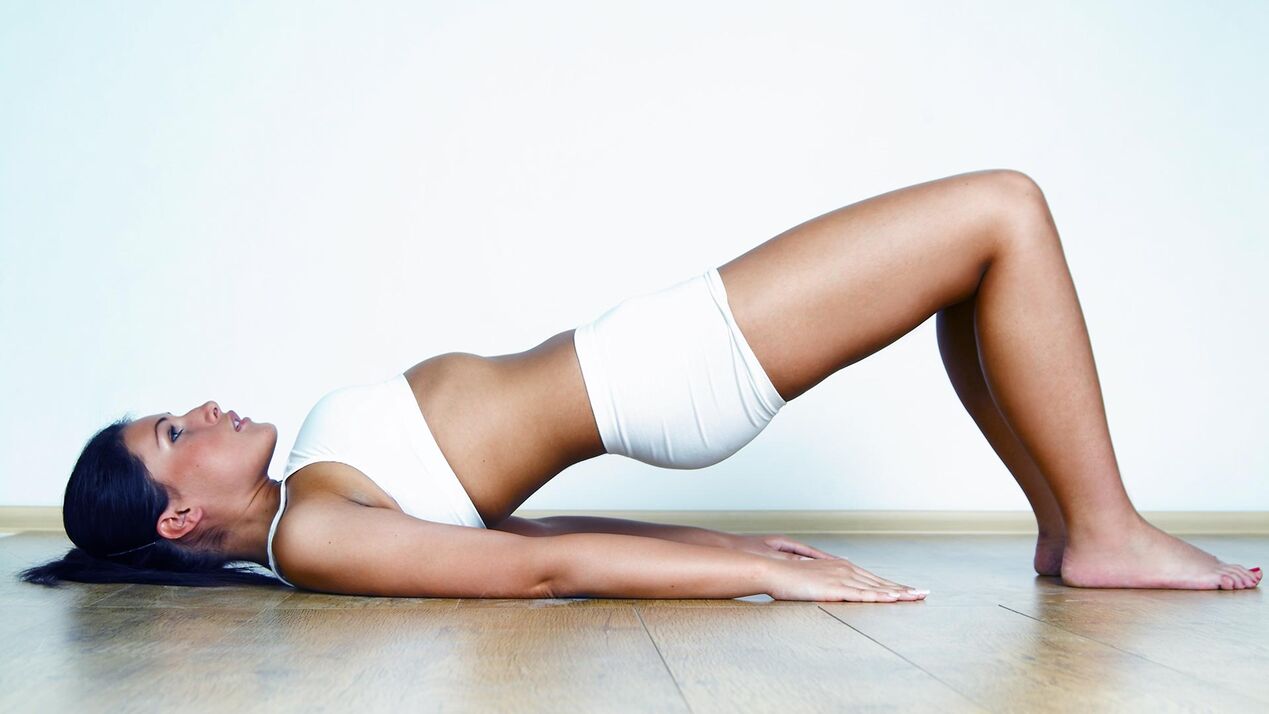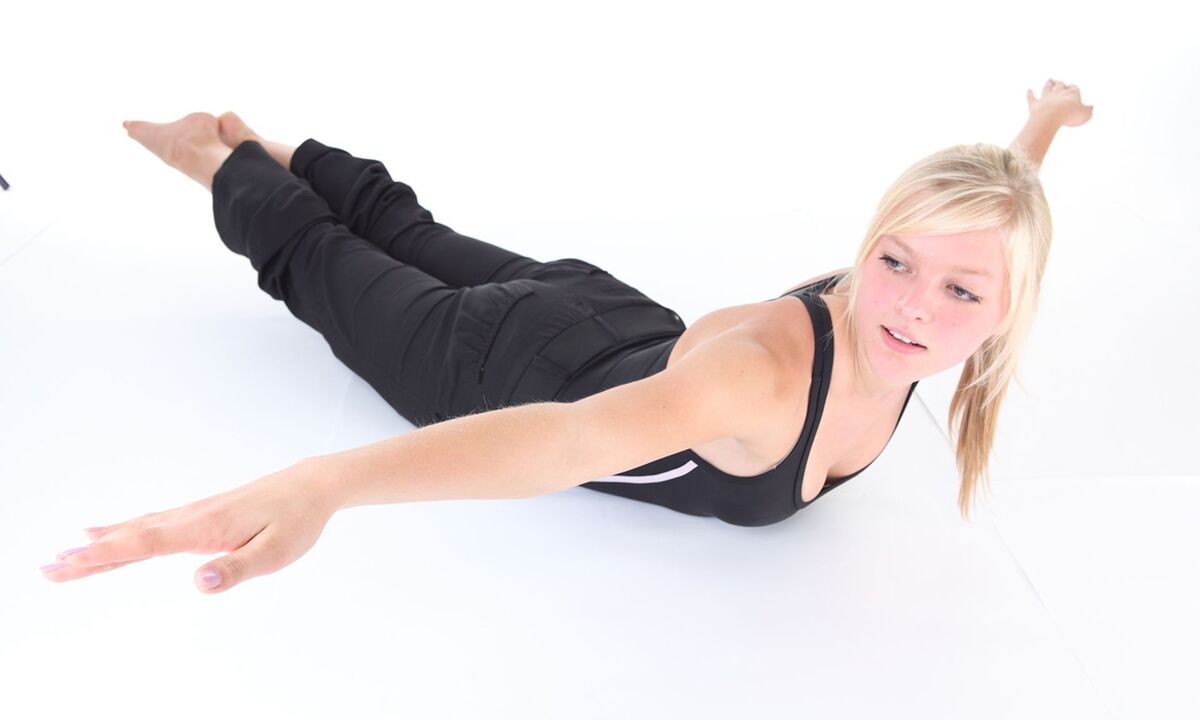
Spinal osteochondrosis is the most common cause of back pain. According to statistics, more than half of those over the age of 40 experience a similar illness, and its early manifestations appear as early as the second and third decades of life. However, it is almost impossible to cure the disease - chronic. The disease itself affects the intervertebral discs and cartilage, which compresses the nerve cells in the spinal cord. There are several types of osteochondrosis - it all depends on which part of the back is affected. This article discusses the treatment of chest osteochondrosis, which is not a common disease but causes great discomfort.
Peculiarities of the disease
Chest osteochondrosis is a fairly rare disease due to the structure of the spine. In addition, this disease is quite difficult to diagnose because its symptoms are often confused with the manifestations of diseases of the internal organs.
An exceptional feature of the chest is that it is the least exposed to stress. Strong contact with the ribs and sternum creates a mobile yet durable structure that is least exposed to various diseases.
With the early stage of the disease, he practically does not feel it, which is another characteristic. The disease can cause a sharp increase in chest tension, which often occurs in temperamental athletes or young mothers while breastfeeding. Another common cause of chest osteochondrosis is scoliosis or poor posture.
The danger of the disease also lies in the fact that the main symptoms appear at a late stage of development, when the nerve cells in the spinal cord or the column itself have already undergone severe compression, or pathological disorders have occurred due to a lack of blood. circulation.
Manifestations of thoracic osteochondrosis
Most often, doctors encounter a disease like radiculopathy - a compression of the nerve fibers in the spinal cord. In this case, the treatment of osteochondrosis of the thoracic spine depends on the symptoms that appear. They often occur due to the different degrees of development of the intervertebral hernia, while distinguishing between two types:
- Median hernia. It is characterized by constant pain that does not go away for a long time, and medications and injections rarely allow you to get rid of it.
- Side hernia. It is characterized by unilateral pain that occurs at the same level as the hernia, sometimes with varying degrees of hypersensitivity. With this manifestation of the disease, medications and injections are able to cope with the pain.
Very rarely, the spinal cord itself is compressed. Usually, this manifestation of the disease is accompanied by severe belt pain, numbness, weakness in the legs, and heavy sweating. Chest pain often spreads to the groin and abdomen and can disrupt the functioning of internal organs.
Treatment of osteochondrosis of the chest
Competent professionals should consider the treatment of osteochondrosis of the chest. Doing this at home is strongly not recommended. Usually, such treatment consists of two stages - removal of the pain syndrome and elimination of the cause of the pain.

Conservative treatment methods are most often preferred. In cases where this method does not cope with the disease, surgery is resorted to, but this is very rare.
Pain relief can be achieved with two components - rest and medication. The patient is prescribed bed rest and non-steroidal anti-inflammatory drugs (NSAIDs). NSAIDs relieve swelling and inflammation, thereby reducing the compression of nerve fibers in the spinal cord.
Sometimes a combination of medications is used for severe pain. Then, in addition to NSAIDs, painkillers are also prescribed - injections, tablets. This happens with very severe and unbearable pain, and medications such as muscle relaxants relieve muscle cramps in the affected area.
Once medication has taken effect, a period of remission begins. In this case, physiotherapy exercises are used in conjunction with a wellness massage and complete relaxation. This package is an effective treatment.
Treatment at home
Long and complex treatment is required to significantly reduce the pain associated with such a disease. They often go to the hospital for this purpose, which is not always convenient and affordable. In such cases, home healing should be sought.
It is important to note that such events can only be performed after initial treatment by a professional.
Recovery procedures can be used at home and to prevent aggravation, or as a preventative measure. Consider the most effective methods that will allow you to get rid of the disease without the use of medications - injections and tablets. These methods include.
Physiotherapy and massage
At home, self-massage is allowed, which consists of warming the back muscles from the neck to the lower back. A folded towel is often used for this purpose - rolled into a clamp, rubbed.

Therapeutic exercises can be performed in a sitting or standing position. Arching your back helps a lot, like stretching after sleep. Another exercise that eliminates aggravation is to take turns raising your hand and moving it smoothly behind your back. Do not ignore such treatments as physiotherapy practices. Health and sport are always linked.
Folk remedies
Herbal medicines are actively used at home. Injections and tablets are not included and consist only of ointments and infusions. The most effective drugs:
Rubbing your back with a 10-day infusion of 0. 5 liters of organ per 0. 5 liters of vodka helps prevent exacerbation and treats osteochondrosis itself, with varying degrees of manifestation.
Crushed hop cones in the same amount as melted lard help alleviate the aggravation.
Mix 1, 5 cups of radish juice with a glass of vodka and 200 grams of honey, add 10 gr. salt and rub into the affected area of the back - and you do not need an injection.
The folk formulations presented are effective methods for the treatment of osteochondrosis of varying degrees. In addition, these products can be used during breastfeeding because they are made up of natural ingredients.
It can consist of different methods of treating such a disease, with varying degrees of manifestation. Sometimes injections prescribed by a doctor give the greatest effect, sometimes folk remedies. Ignoring the advice of professionals and even more refusing to examine them is nonsense and risky. Even injections do not help with high levels of the disease. In addition, thoracic osteochondrosis is often combined with cervical osteochondrosis, and the treatment of cervicothoracic osteochondrosis involves the use of slightly different methods. Therefore, the first thing to do if you experience similar pain is to consult a specialist.
































